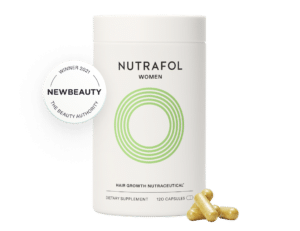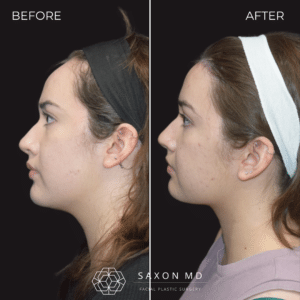7 Best Hair Care Tips After Hairline Lowering Surgery
Hairline lowering surgery, also known as forehead reduction surgery, is a transformative procedure; however, the post-operative period is crucial for ensuring optimal results and maintaining the health of your hair and scalp. Here’s a comprehensive guide to caring for your hair after hairline lowering surgery.
1. Avoid Hot Styling Tools
After hairline lowering, your scalp will be more sensitive, and your hair follicles will be vulnerable to damage. It’s important to steer clear of hot styling tools such as blow dryers, straighteners, and curling irons. Your scalp will also be numb temporarily, making it harder to know if you are burning your scalp. It’s best to avoid heat until your scalp has fully healed and regained normal sensitivity.
2. Steer Clear of Tight Hairstyles
Tight hairstyles, including ponytails, buns, and braids, put undue stress on your hair follicles, which can lead to traction alopecia—a type of hair loss caused by tension. Given that your hair follicles are already delicate after hairline lowering surgery, it’s best to wear your hair in loose styles to minimize stress and prevent further damage.
3. Avoid Chemical Treatments
Chemical treatments such as coloring, perming, and relaxing can be harsh on your hair and scalp. Your incision will be prone to reactions and inflammation for the first few months after hairline lowering surgery. Chemical treatments can lead to wound healing issues if done too early. They can also contribute to hair breakage and loss. Dr. Saxon will be able to guide you when it is safe to resume chemical treatments during your follow up visits depending on how well you are healed.
4. Refrain from Using Extensions
Hair extensions, whether clip-in, tape-in, or sewn-in, add extra weight and tension to your natural hair. This can stress the hair follicles and exacerbate hair loss, particularly in the delicate post-operative period. Give your hair a break from extensions to allow your follicles to recover and strengthen.
5. Be Cautious with Headbands and Hats
While it might be tempting to cover your incision with headbands or hats, wearing them 24/7 can lead to friction and hair loss in that area. Moreover, continuous coverage can increase the risk of infection if the headbands or hats are not cleaned regularly. Make sure to clean any headband or hat between each wear to decrease the risk of infection.
You can also use a clean telfa as a barrier between the incision and your hair covering to prevent infection. It’s important to balance covering the incision with giving your scalp some time to breathe. A better option is to use a concealer to camouflage the incision while it is still pink instead of a physical barrier. This can be done starting around the 2-week mark after surgery.
6. Gentle Hair Care Routine
Adopting a gentle hair care routine is essential. Use a mild, sulfate-free shampoo and conditioner to avoid irritating your scalp. We recommend either baby shampoo or Paul Mitchell One. When washing your hair, be gentle and avoid vigorous scrubbing. Pat your hair dry with a soft towel instead of rubbing it. Also avoid aggressive brushing. Use a detangling spray and a wide toothed comb when the hair is wet. Brush the hair to the side instead of backwards to minimize tension on the incision in the early stages of healing.
7. Support Your Surgical Outcome with Nutrafol

Nutrafol is a clinically effective, multi-targeted nutraceutical that supports hair health and can be particularly beneficial after hairline lowering surgery. Nutrafol supplements are formulated with natural ingredients that target the root causes of hair thinning, including stress, hormones, and nutrition. By supporting your body from within, Nutrafol helps promote healthy hair growth and improve hair strength, which is crucial during recovery. Incorporating Nutrafol into your daily routine can aid in maintaining the health of your hair and scalp, ensuring the best possible outcome from your surgery.
Remember, your scalp and hair follicles are in a delicate state after surgery. Patience is key. Handle your hair with care, avoid unnecessary stress, and give your body the time it needs to heal. Caring for your hair after hairline lowering surgery is an essential part of ensuring successful results. Gentle handling and a a mild hair care routine are key to promoting healing and preventing complications. Patience and diligent care will pay off, helping you achieve a beautifully restored hairline and healthy, strong hair in the long run. Embrace this journey with care and confidence, knowing that each step you take brings you closer to your desired outcome.
Visit our Hairline Lowering page to learn more about this life changing procedure.
